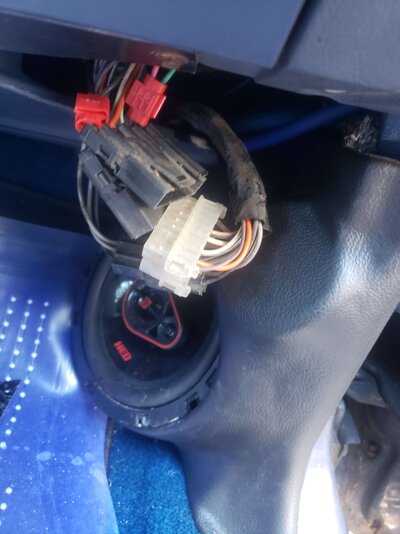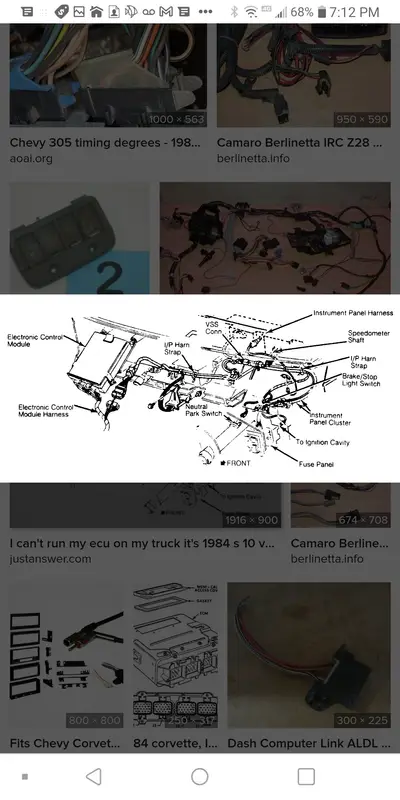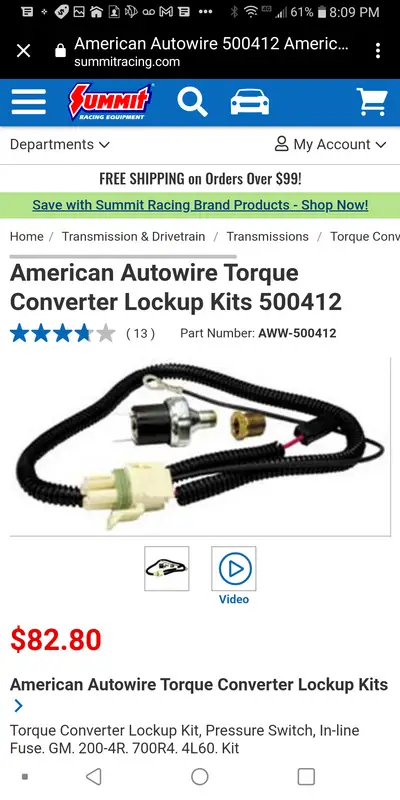Does seem like I'm getting some pinging when I punch it now. As for the fuel pump...I figure there'd be enough fuel in the line regardless...but wouldn't be the first time I'm wrong. I'm going to lower it and see if it makes a difference.
Currently, I'm blowing the carb out, replacing the accelerator pump, and debating to go with bigger jets.
Seems like your getting closer. One of the things I mentioned earlier was pump sufficiency. It's important to know what you do have than more of what you should have. Specifications are fine and it helps in the parts selection when building a project, but in running the project you need to know what you do have.
If you haven't done a pump test yet... Please do the following, and even if it's just for your own peace of mind.
1. Unhook distributor.... (Sparks = Very Bad)
2. Unhook fuel line going into carb
3. Get a rubber hose that fits snuggly over the open fuel line end. Hose needs to be long enough to safely go into a bottle/jar
4. Get about a 1-quart clear glass jar or full size "coke bottle". (A Mason Jar works great for this).
5. Setup jar on manifold in front of carb, and in a manner that the jar will not tip over and the gas will not spill out.
6. Place open end of hose into jar.
(You will also have to find a method to keep the hose from popping out of the jar and spraying gasoline everywhere).
7. Crank engine (distributor unhooked) for about a count of 5.
8. Stop cranking and pull key, go check fuel in the jar.
9. Jar should be about 1/2 full, clear, clean, no dirt, no foul odor (other than normal gas odor) and no water.
10. Set jar on work bench and let sit about 30 min.
11. Inspect the contents of the jar. Any water will settle to bottom, gasoline will be floating on top, dirt will be at the bottom or maybe still floating in the contents of the jar.
12. Reset your engine and button up
13. Fuel line back attached, hook up distributor, start let run about 15 seconds, shut down and check for leaks at points where you disconnected the fuel line
14. Make any correction as needed...
Until you do a pump sufficiency test, you still don't really know if you are getting the volume and pressure you need for your application.
Every thing you do in diagnostics needs to have a purpose, with a real world answer to either establish or rule out a potential cause of the problem.




